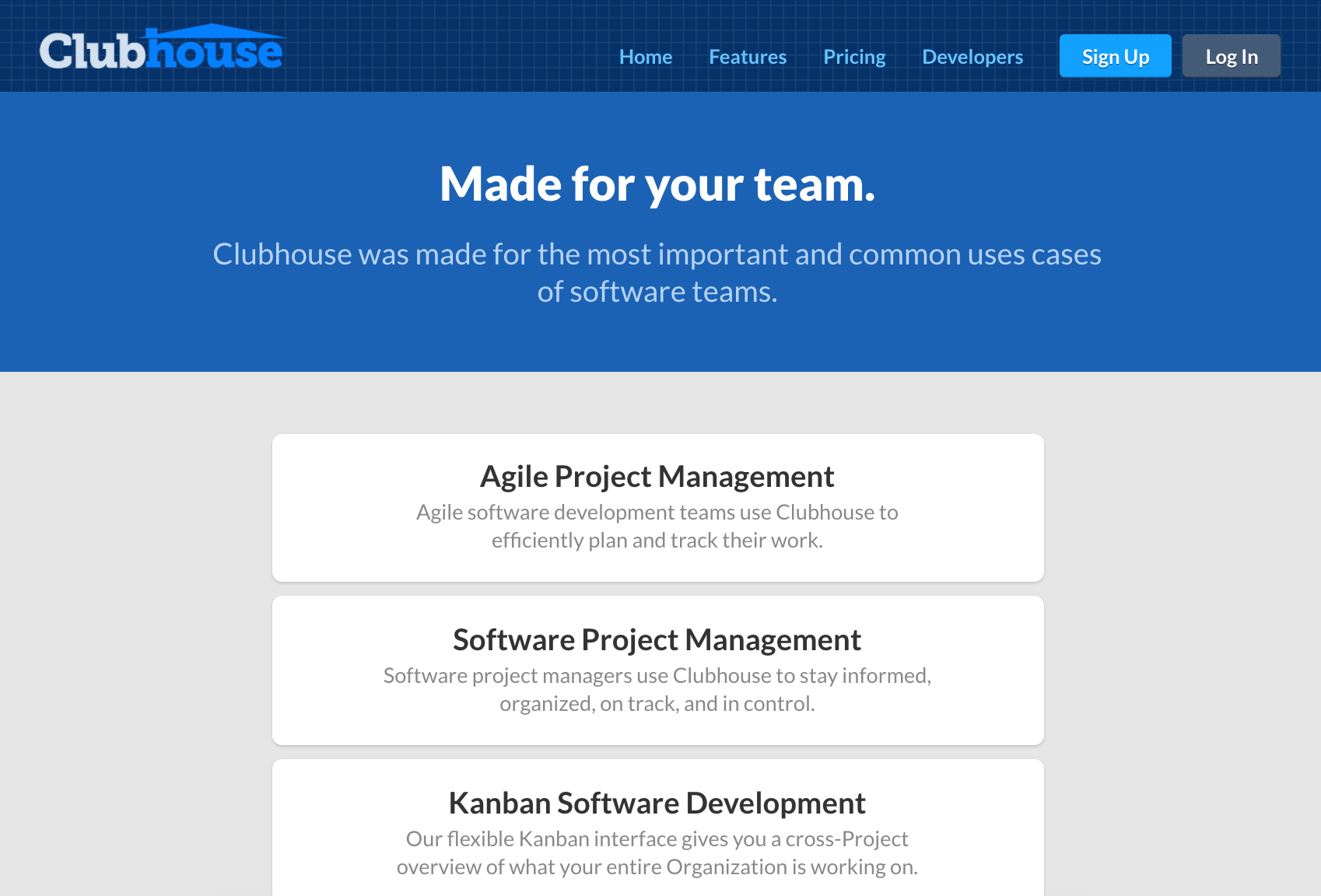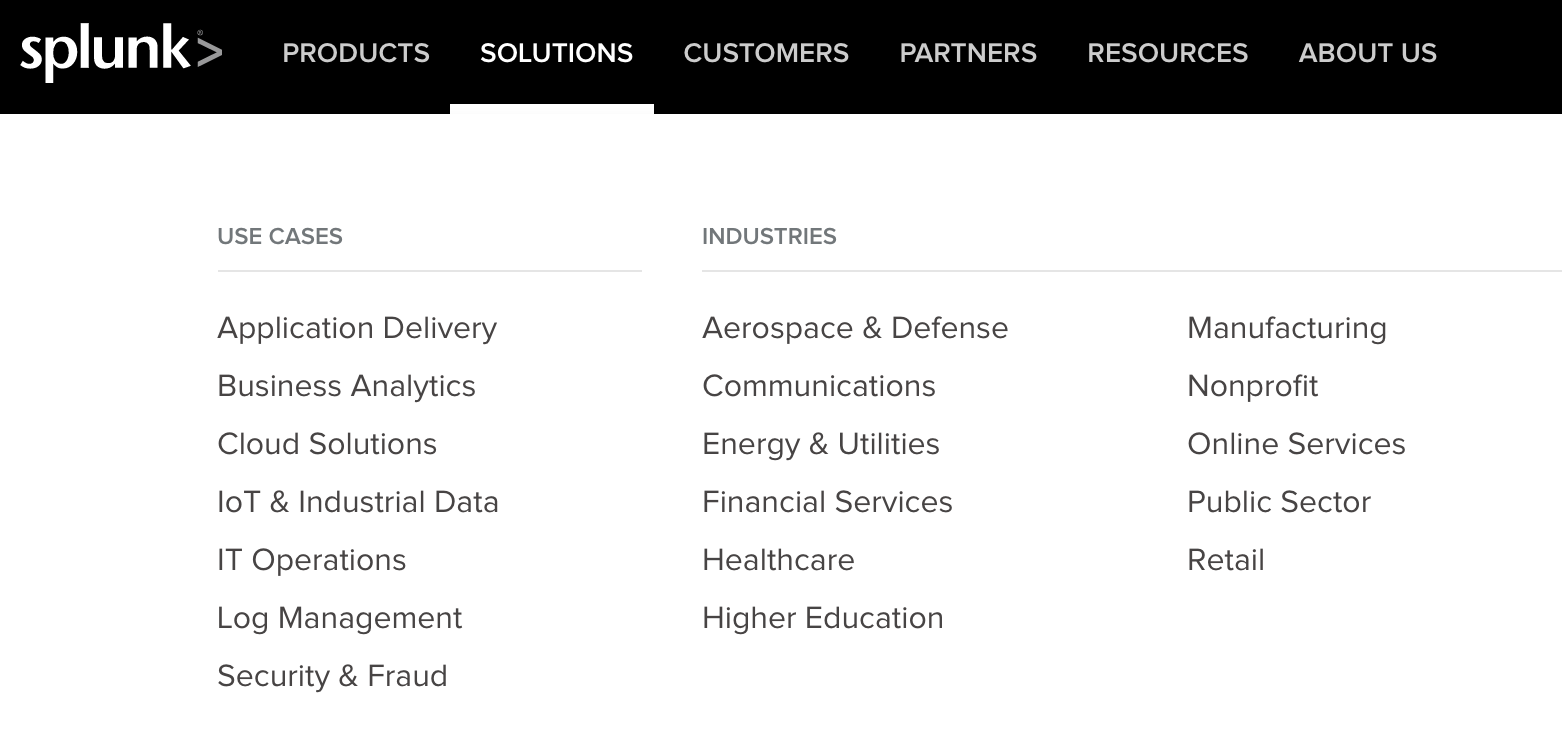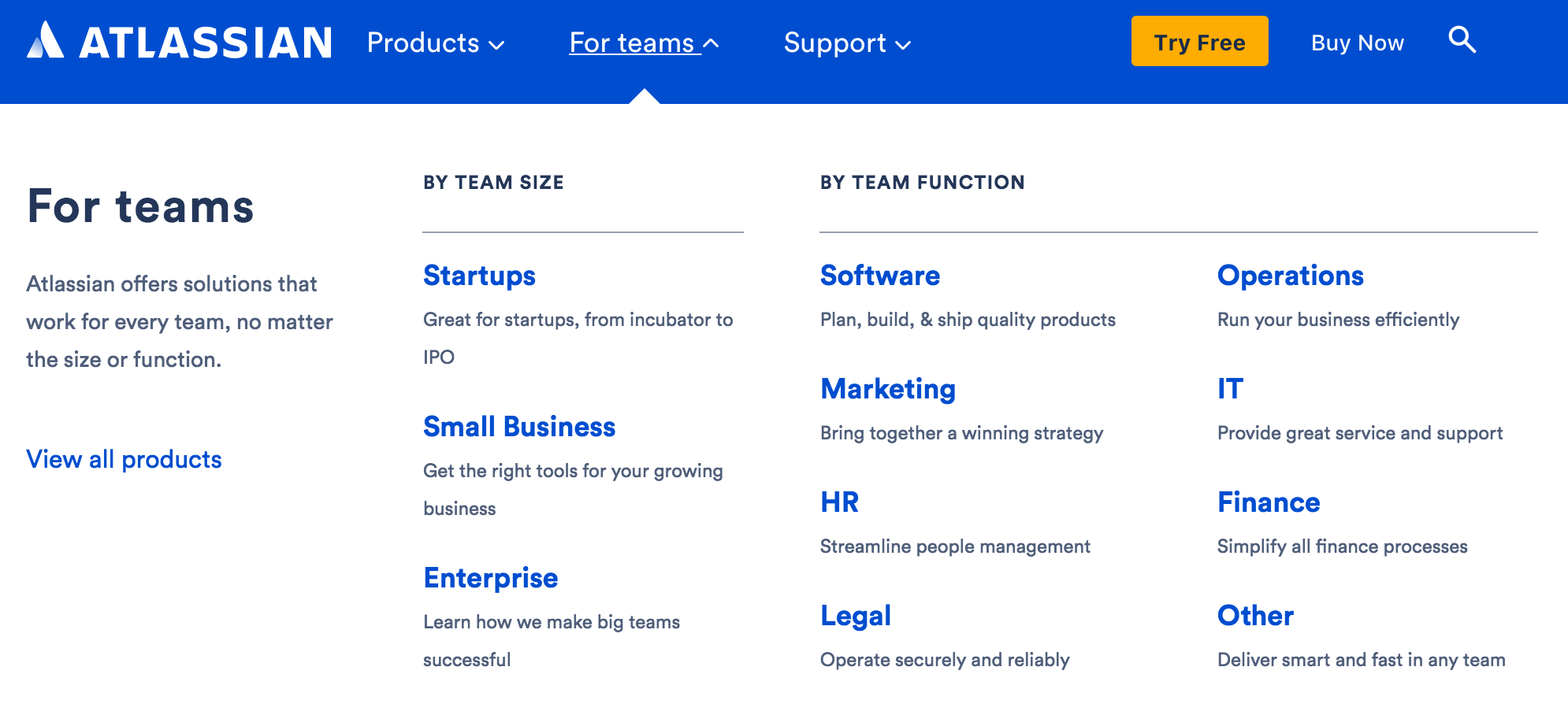SEO for B2B in 300 Words
I get asked about Search Engine Optimization (SEO) a lot. Is it worth doing? How is it done? Are SEO agencies legit? Is it that complicated?
This post will answer those questions and help you get more customers, leads, or users from search traffic.
Search traffic matters. It’s free, it pays dividends, and it’s an active audience. Every B2B tech company I consult has “organic search” in their top three sources of traffic and conversions (leads or signups).
The main principle to increasing search traffic is this: Help your target audience find what they need. That’s Google’s objective, too, so you’ll be working with Google instead of trying to trick it.
To satisfy search visitors, address their intent with individual pages:
Intent: Find a specific solution, such as a data science platform.
Page: A “solution” page that frames the product as the specific solution.
Intent: Find a solution to their specific need. For example, sending data to Redshift, an alternative to another solution, or solutions for a specific industry.
Page: A “use case,” “alternative,” or “industry” page that frames the product as the solution for the specific use case.
Intent: Learn more about a topic or use case.
Page: Blog posts, help articles, or guides about the topic.
Each page should load fast, be helpful and easy to skim through, and have an obvious next step.
Use AdWords Keyword Planner to find relevant and popular search keywords. Prioritize those with high volume and clear intent.
Group solutions, use cases, alternatives, and industries pages into top-level menu items to make them easy to find for the Google crawler and other visitors.
That’s it. Everything else you heard about SEO or were pitched by agencies is icing on the cake; it might help a bit, but first bake the cake.
Some examples:









